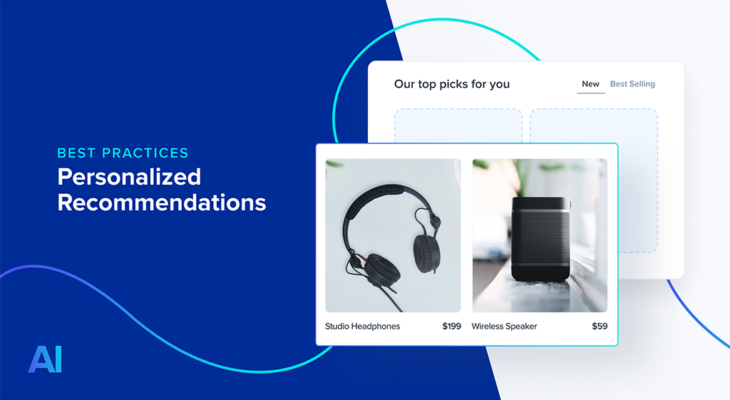Now, more than ever, it is critical to give customers what they want, when they want it.
In the “Internet of Things” era, almost every business is expected to have an online presence. Technology has a significant influence on how consumers interact with brands, and customers have come to expect a certain level of service. They have become accustomed to getting what they want, and they are gravitating toward the brands that recognize their needs at every step of the customer journey.
To succeed in this overwhelming market of choices, marketers and ecommerce leaders need to create a seamless shopping experience for the customers by assisting and helping them discover relevant products, together with inspiring them throughout the path to purchase.



